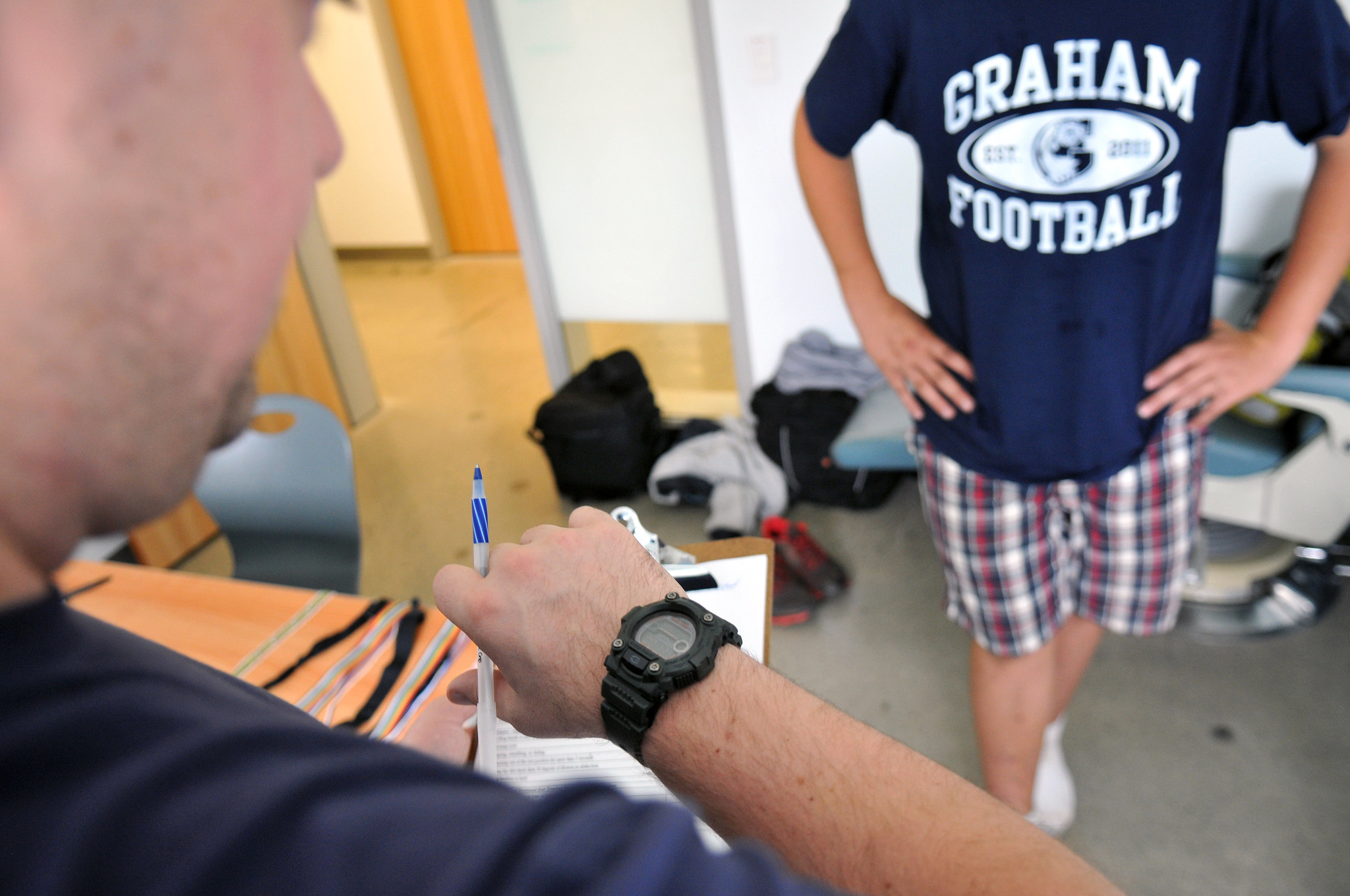
By Nancy Armour |
Not everyone who plays a contact sport is going to get a degenerative brain disease such as chronic traumatic encephalopathy (CTE). But with all of the horror stories about former NFL players dying and the disease being found in younger and younger athletes, it’s understandable for parents to worry about their kids playing contact sports. Conflicting information, or outright denial of the existing science, doesn’t help.
Here are some tips to make informed decisions:
Know the recommendations for your child’s sport
Most researchers say children should not play tackle football before they’re 14. U.S. Soccer has banned heading the ball for players under the age of 11, and set limits for practicing them for players 11 to 13. USA Hockey prohibits body-checking for players 12 and under, as well as for all female players.
Look for conflicts of interest
When a study is released about head trauma and contact sports, note who funded it and consider their motivations for doing so. Do the findings run contrary to accepted science? Does a study that furthers or adds to uncertainty serve their long-term interests?
For example, the Consensus Statement on Concussion in Sport contains language downplaying the link between repetitive head trauma and CTE. The group issuing the statements, the most recent of which was in 2017, was created by FIFA, the International Olympic Committee and the International Ice Hockey Federation, and its lead researcher is someone who has played down the dangers of repeated hits.
Talk about practice
Concussions are not the only danger. Research now shows that it’s repeated, sub-concussive blows that can cause the most damage. Ask your child’s coach and league organizers what their rules are for practice. For football and hockey, is hitting allowed? If so, how much? In soccer, how much time will be devoted to practicing headers? What techniques are being taught for tackling and checking?
Is there a medical professional on hand during practice? If not, how are head injuries handled? Know the return-to-play protocols and discuss them with your child’s physician.
Educate and communicate
Know the symptoms of concussions and head trauma. Impress upon your child the importance of being up-front and honest about injuries.
Be safe
Wear certified protective equipment and make sure it fits properly. Be aware that no helmet can prevent or eliminate concussions.
This article was republished with permission from the original author and 2015 Ronald Reagan Media Award recipient, Nancy Armour, and the original publisher, USA Today. Follow columnist Nancy Armour on Twitter @nrarmour.